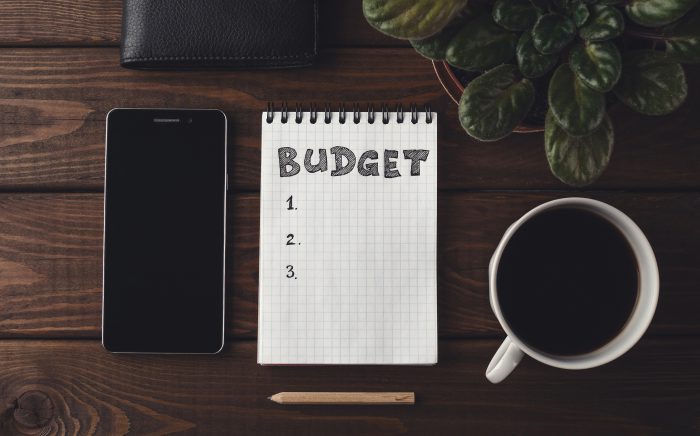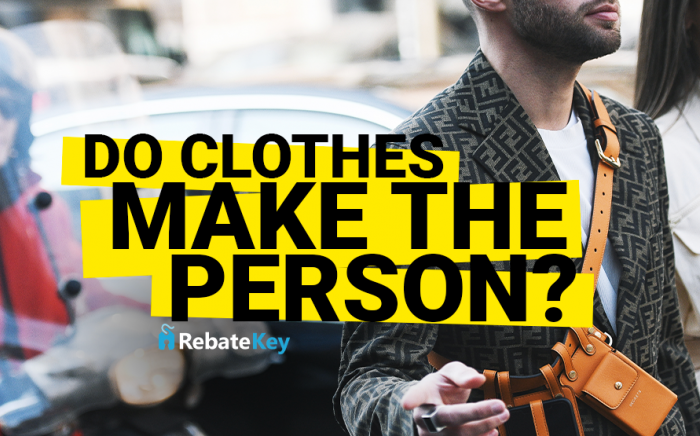Table of Contents
Have you ever come home with a bag full of impulse buys and wonder: how did this happen?
You’re a savvy shopper. You utilize coupons. You set a budget. So how did you end up with twenty different types of cereal in your cabinet?
Before you blame yourself, you have to understand the game. Most shopping experiences have been carefully curated to put consumers at ease and get them to purchase items that bring the most profit to the store. Businesses are always trying to make the sale, so they will do whatever they can to get you to open your wallet.
This doesn’t mean that retailers don’t have ethics, or that they aren’t invested in their customers. However, it does mean that you can easily spend more money than you originally planned if you are not aware of these retail tricks.
So how can you avoid being sold to and gain control of what you’re buying? The first step is to learn their secrets.
20 Retail Tricks that Make You Spend More Money
Shopping both in the store and online is an experience that the retailers must create for the consumer. Most decisions are made according to shoppers’ habits, with items, displays and pricing designed to make you feel comfortable spending. And it all starts with how the store is set
up.
Set-Up of the Store

Where items are placed in a store is not arbitrary. Retailers consider how customers navigate their surroundings and what will draw more people in when figuring out how to set up their store.
Here are a few of the tricks they use to make it easier for you to shop and spend:
- Clothing stores sometimes place racks of sale items out front to draw customers into. Grocery stores do the same with plants and seasonal items
- Almost every store now offers shopping carts, which were invented in the 1930s and marketed as a convenient alternative to carrying your items. Shopping carts also make it a lot easier to buy more items. Retailers sometimes increase the size of their carts so that you can fit more in them
- Recognizable brand names and items that are the most profitable for the business are generally placed at eye level on the shelves
- The most desirable items (like eggs in the grocery store) are found in the back so that you walk through the entire store to get to them, ideally filling your cart along the way
- In grocery stores, ingredients that sometimes make sense together, like salad and salad dressing, are on opposite sides of the store to get you to spend more time there
- Long lines aren’t always a bad thing. Sometimes retailers utilize long lines so that customers stay in the store longer, in the hopes that they purchase items on their way to the register
Adjusting the Price
What’s the first thing you do when you see an item you like? You look at the price. Retailers know this, which is why they utilize the following pricing strategies to make the cost seem more appealing to you. It’s a numbers game.
- Some restaurants remove the dollar symbol from their menu items to help customers disassociate from spending money
- Items can be priced with random numbers at the end to make it seem like they have been marked down
- Items are often priced right below the whole dollar amount so that they look less expensive. Mentally, $20 feels like a lot more money than $19.99 even though the difference is only a penny
- Expensive items are sometimes marketed next to less expensive ones (that are still higher priced) to make them look affordable
- Sometimes the strategy above works in reverse. Pricey items are placed next to cheaper ones to highlight the quality of the more expensive item
Experiential Shopping

Retailers know that you spend more money when you are relaxed and comfortable. This is why customer service is so important. The strategies used to curate the shopping atmosphere are also very apparent when online shopping, where decisions are based on the ease of the user experience.
Here’s a few you may or may not have noticed:
- Peaceful music is the preferred choice for retailers trying to make a sale. In addition, playing nostalgic songs make consumers feel comfortable
- Though this isn’t always the case, it is in a clothing store’s best interest to use the most flattering mirrors and lighting in their dressing rooms to boost your confidence when trying on clothes
- The colors on signs, displays and decor throughout the store are often scrutinized to make sure they evoke a positive experience
- Samples are doubly advantageous to retailers. Offering samples increases the chance you’ll purchase the item after you try it and they also make you stay in the store longer
Deals & Sale Strategies

A good deal is hard to pass up, and retailers use this to their advantage. This is not to say that sales aren’t valid, you definitely can save money with companies that offer coupons, promos and rebates as a part of their business. However, not all sales are created equally, and retailers use marketing tricks like those below to sell more items at prices that aren’t always that discounted from the original.
- Generating excitement for a sale starts with the advertising. In the stores, large signage and bright colors are utilized to draw you in
- Sometimes arbitrary limits are set on items to make them seem more appealing, like they will run out
- Retailers also implement deals like buy one get one free, and 5 items for $5 to get you to buy more than you normally would
- Online retailers like to offer free gifts or free shipping after you hit a spending limit, to ensure that you buy something extra
- Loyalty programs and rewards are a bonus for customers and businesses. If you receive rewards for shopping somewhere, you are likely to choose that store over others that sell the same items
How to Shop Smarter
Now that you’re filled to the brim with retail knowledge, you can implement changes in your shopping to make sure you remain in control.
The best way to remain in control is to have a plan. Whether this means starting your shopping with a list, setting a spending budget, or just making small changes like eating before you go to the grocery store, these techniques will help you spend less money on the things you don’t need.
It also helps to find and stick with retailers that you trust. Establishing loyalty to a store goes both ways. The retailer should be just as loyal to their customers as you are to them. Support businesses that bypass the gimmicks and instead offer a unique customer experience. Buy from online stores like RebateKey that offer real discounts and fair prices. Curate your own shopping experience.




